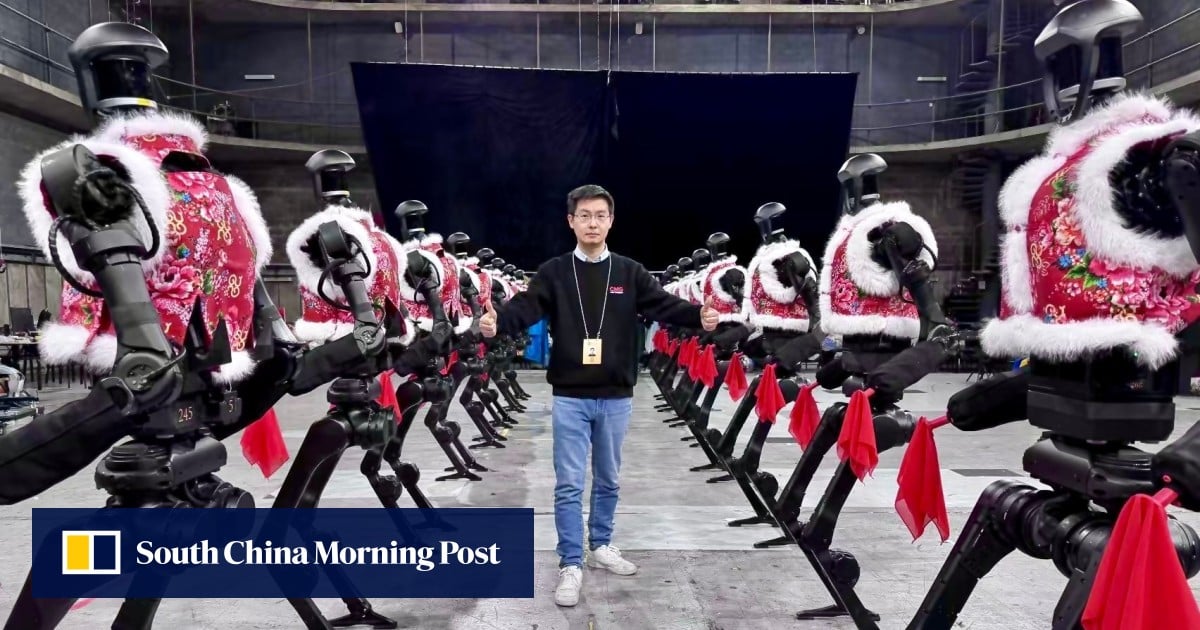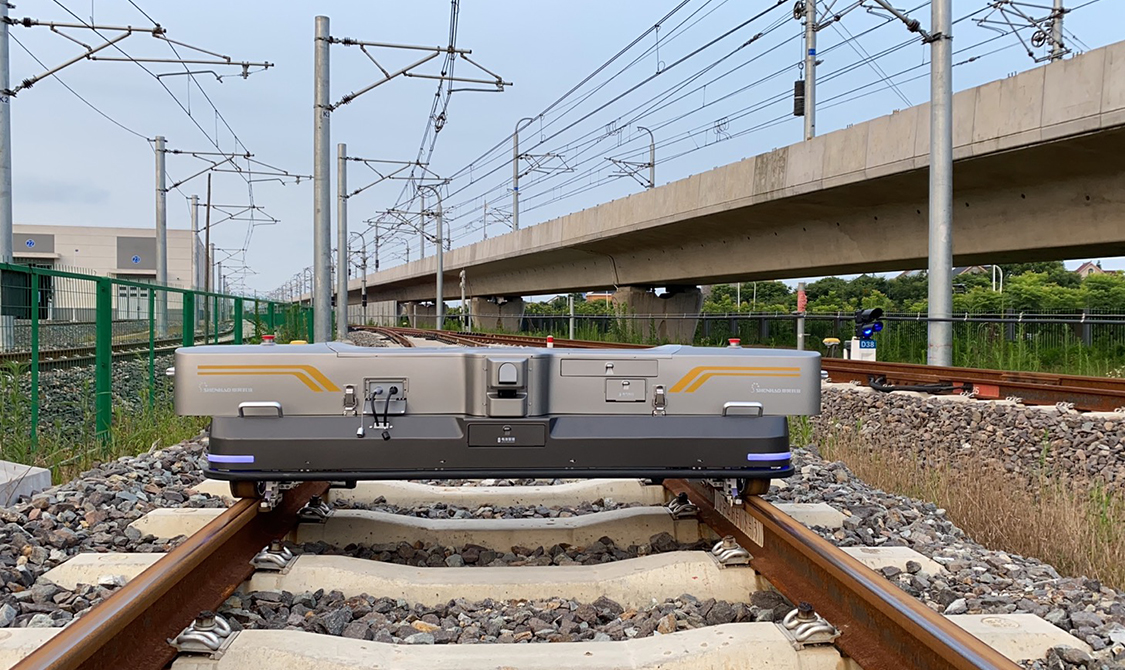Alright, let’s talk robotics. U-Tree Technology’s CEO, Wang Xingxing, just dropped a truth bomb at the Shanghai Innovation & Entrepreneurship Forum: the next 2-5 years in intelligent robotics aren’t about incremental improvements – they’re about cracking the code of end-to-end large models. It’s a seismic shift, folks, and frankly, it’s about time.
He’s right to say the opportunities are massive, especially for those of us young enough to ride this wave. This isn’t your grandfather’s automation; this is a new era. But Wang also underscored the hurdles. We’re talking low-cost hardware production and securing enough computational power – serious challenges that will separate the winners from the losers.
But why humanoid robots specifically? Wang laid it out: simplicity in design, the potential for genuine emotional connection, adaptability with data, and sheer versatility. “Humanoid robots can handle tasks humans need done, truly liberating workforce,” he stated, and it’s a sentiment I wholeheartedly agree with.
U-Tree is seeing the benefit of China’s booming humanoid robotics sector with a surge in orders. Now, the focus is on scaling up delivery and ensuring top-notch quality. It’s a demand-side testament to the growing momentum.
Now, let’s dive deeper into what end-to-end large models actually mean for robotics:
Understanding End-to-End Large Models: These aren’t simply programmed responses. They’re AI systems trained on massive datasets, enabling robots to learn directly from raw inputs (like vision, sound) to outputs (like movement, speech) without explicit, task-specific coding.
The Power of Data: The more data, the better these models perform. This is where companies like U-Tree, operating in a data-rich environment, have a significant advantage. Robust data fuels superior learning.
Computational Cost is Key: Training these large models demands immense computing power. Access to affordable and scalable computing resources will determine who leads this revolution. Cloud computing and specialized AI chips are critical here.
Hardware Limitations: Until now, creating affordable and reliable robotic hardware has been a bottleneck. Innovations in materials science and manufacturing are paramount to unleashing the full potential of these models.







